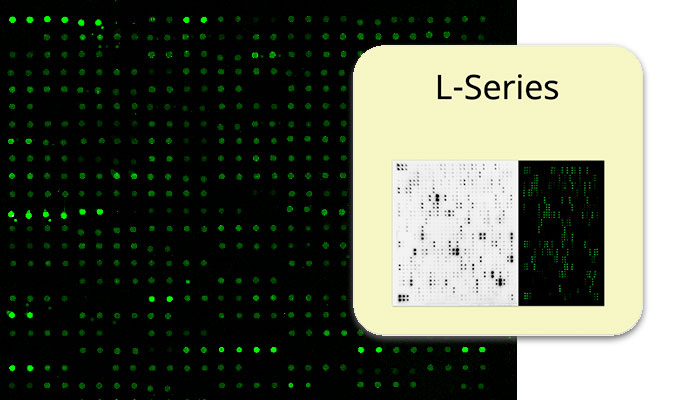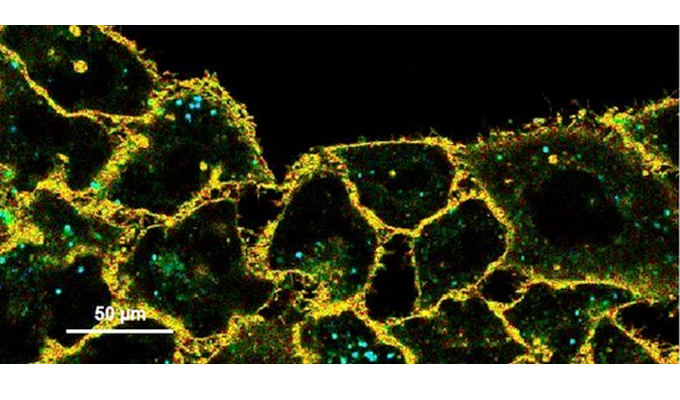
The accumulation of insoluble misfolded phosphorylated tau protein in neurofibrillary tangles is one of the hallmarks of tau pathologies. Preformed fibrils generated from recombinant tau fragments have been shown to induce tau fibrilization and spreading of the pathology to interconnected brain regions in an in vivo tauopathy model. (1) Abnormal tau degradation and aggregation have been correlated with cognitive decline in Alzheimer’s disease (AD).

In a recent study using both in vitro and in vivo AD experimental models, researchers from the Columbia University Medical Center have shown that the use of Rolipram reduces proteasome dysfunction and restores protein disposal. (2) They also observed lower levels of aggregated tau with improved cognitive performances and memory.
Rolipram is a Phosphodiesterase (PDE) inhibitor. By blocking PDE, the levels of cAMP are increased, then activating cAMP-dependent protein kinase (PKA) which presumably phosphorylates and activates the proteasome.

PDEs are a well-known drugable class of enzymes. The discovery described in Dr Myeku’s paper indicates that PDE inhibitors (and drugs targeting proteasomes) represent new hopes for curing any neurodegenerative disease caused by the accumulation of abnormal proteins such as those seen in AD but also Huntington’s, and Parkinson’s diseases and frontotemporal degeneration.
For research purposes, Rolipram is available as a cell permeable compound (CAS 61413-54-5; 98% of purity). This selective cAMP-specific PDE4 inhibitor displays beneficial effects in neurodegenerative diseases as well as anti-inflammatory activity. Rolipram synergizes with the Adenylate Cyclase activator, forskolin (CAS 66575-29-9). IBMX (CAS 28822-58-4) is another popular PDE inhitor. Compared to Rolipram, IBMX is pan-specific inhibitor which does not inhibit PDE8 or PDE9.
For more information in this research area (or one or more others…), you might be interested in tebu-bio’s thematic eNewsletters. You can browse them and subscribe to one of them through the eNewsletter subscription center here.
Sources
- Eve Peeraera E. et al. “Intracerebral injection of preformed synthetic tau fibrils initiates widespread tauopathy and neuronal loss in the brains of tau
transgenic mice” Neurobiol Dis. (2015) January ; 73: 83–95. DOI:10.1016/j.nbd.2014.08.032. - Myeku N. et al. “Tau-driven 26S proteasome impairment and cognitive dysfunction can be prevented early in disease by activating cAMP-PKA signaling” Nature Medicine (2016) 22, 46–53. DOI:10.1038/nm.4011.




One Response
A recent paper written by David C Rubinsztein associates tau aggregated forms with frontotemporal dementia impair proteasome activity.
David C Rubinsztein “Tau toxicity feeds forward in frontotemporal dementia” Nature Medicine (2016) 22, 24–25 (2016) doi:10.1038/nm.4029.